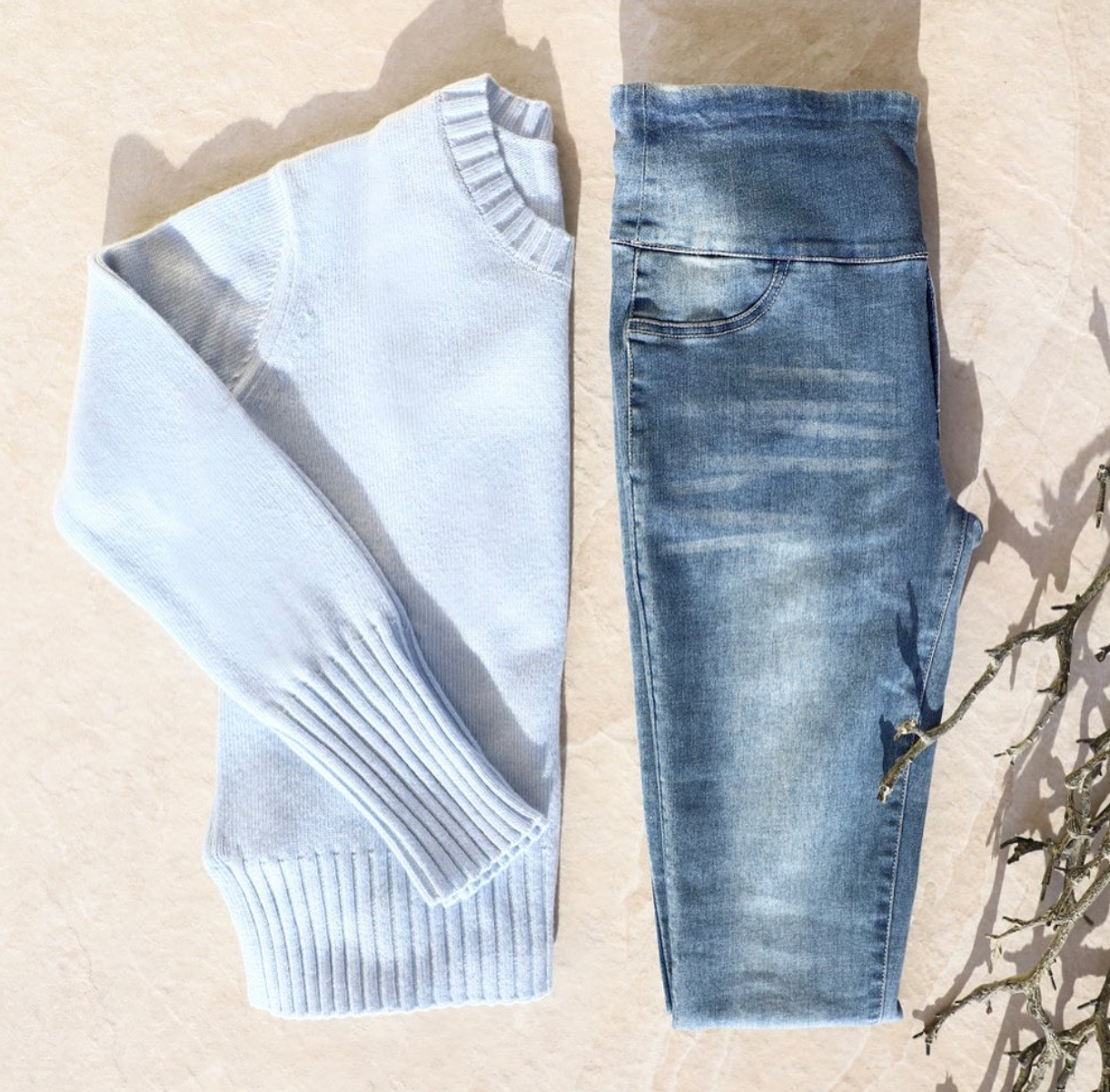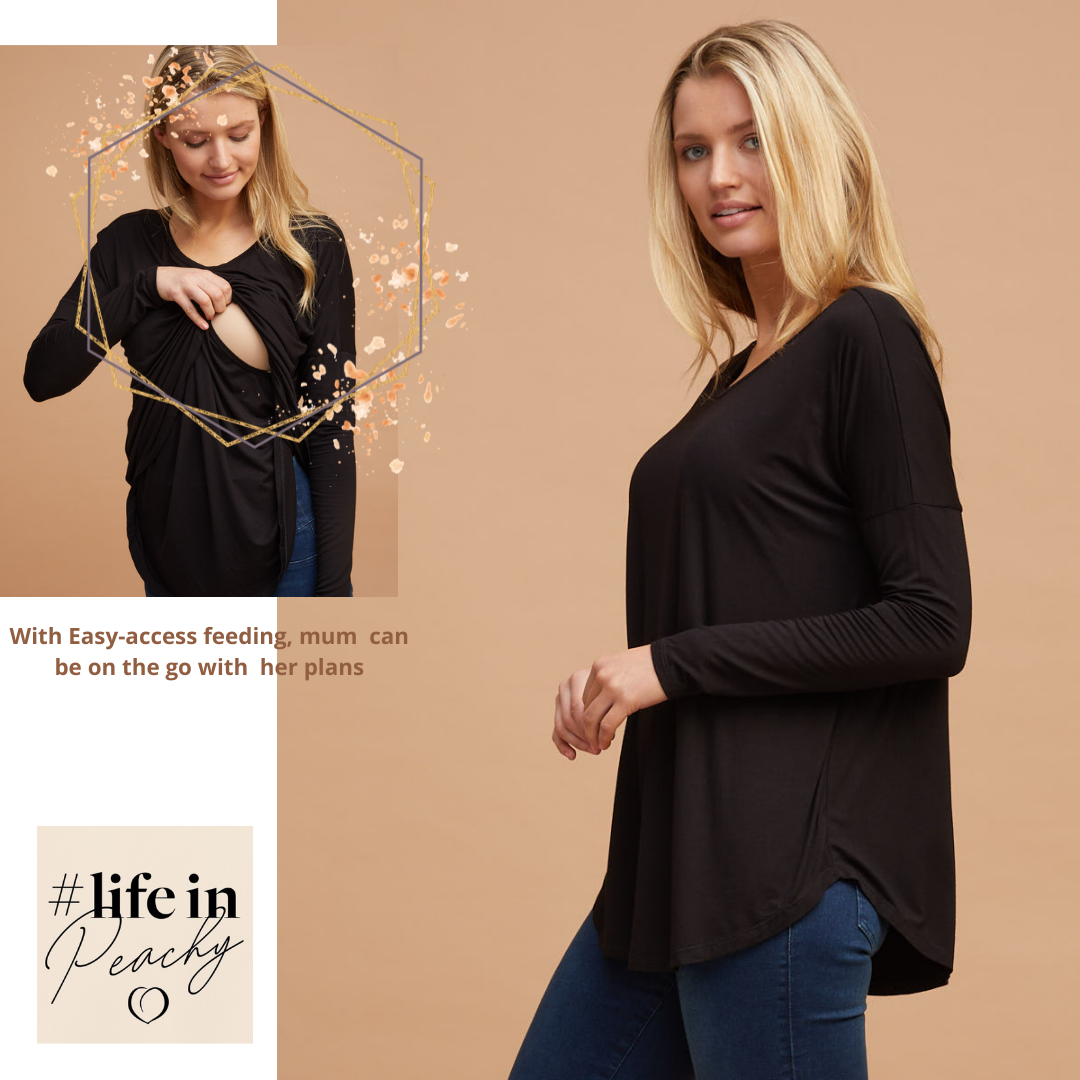
There are several reasons why a mum and her baby may experience latching issues when breastfeeding. One common cause behind the struggle is inverted or flat nipples.
Having inverted or flat nipples doesn’t mean that you can’t nurse your little one. But it may mean that breastfeeding will initially be more of a challenge than for other mamas. Let’s first touch on just what a flat or inverted nipple is.
What Is a Flat or Inverted Nipple?
If you have nipples that don’t react and become erect when exposed to cold or stimulation, then you may have flat or inverted nipples. You can also test this by gently pinching your areola about an inch behind the nipple.
- If your nipple protrudes a little, you likely have a “dimpled” nipple (the nipple can be pulled out but doesn’t stay out).
- If your nipple does not become erect, you likely have a flat nipple.
- If your nipple retracts or moves backward, you likely have an inverted nipple.
Having one flat or inverted nipple doesn’t necessarily mean that both breasts will have flat or inverted nipples. It’s common for only one breast to have an inverted nipple, and the degree to which it’s inverted can vary from slight (baby can still latch properly) to severe (the nipple retracts deeply during the pinch test).
How To Breastfeed with Flat or Inverted Nipples
With patience, time, and experience, mamas with flat or inverted nipples can successfully breastfeed their babies. Here are some techniques to try when breastfeeding:
Go Skin-to-Skin
Every time you feed your little one, make sure that there is skin-to-skin contact. Feeling your warmth and being able to smell you will encourage babies to put in their best effort when trying to breastfeed, getting you both off to the best possible start.
Use Suction Devices
Studies have shown that using suction devices can successfully draw out inverted nipples. Some common “suction” devices for new mums include:
- Breast shells (these can be worn about 30 minutes before each feed to draw out the nipple)
- Breast pumps
- Breast cups
- Nipple shields
- Reverse syringe device
These devices help loosen the nipple tissue, which encourages the nipple to remain erect for longer stretches of time.
The Hoffman Technique
Some mamas will find it helpful to pull back on their breast tissue to help keep the nipple erect. If that doesn’t work, you can try what is known as the “Hoffman Technique.”
Begin by setting your thumbs at the base of either side of your nipple and then press down firmly into the tissue of your breast. As you are doing this, draw your thumbs away from one another. Move your thumbs around the nipple and repeat until it becomes erect. Many mums will only need to do this once a day.
Shape Your Breasts with Your Hands
Shaping your breasts before each feed can help draw out flat or inverted nipples. Compress your fingers so that they are an inch or so behind your nipple and make either a “C” or a “V” shape. This will also encourage baby to have a deeper and better latch, meaning a more full and satisfied baby as well as a less sore and happier mama.
Seek Professional Breastfeeding Help
If you’re continuing to have troubles nursing your baby, seek help. There are many local and national resources available, such as Le Leche League, with professional breastfeeding coaches who will help both you and baby along your breastfeeding journey.


